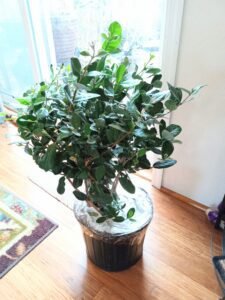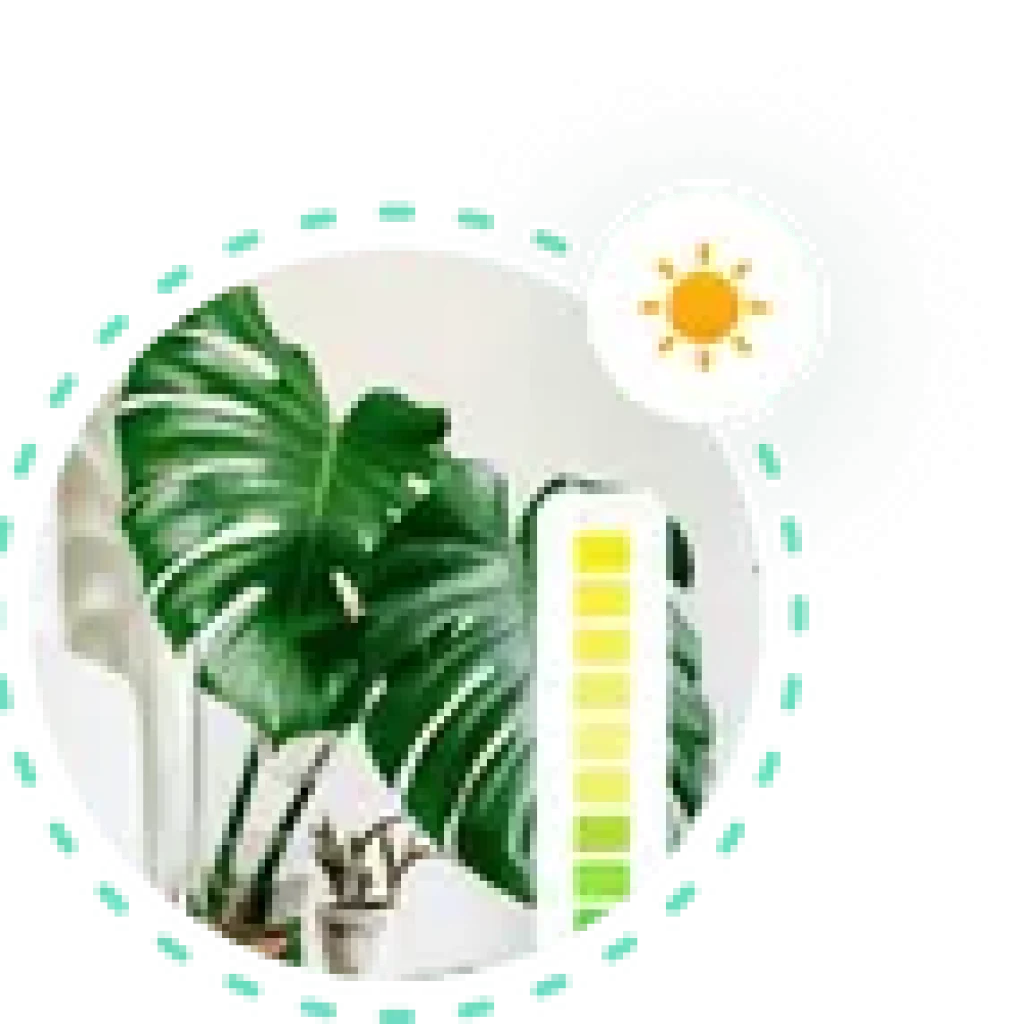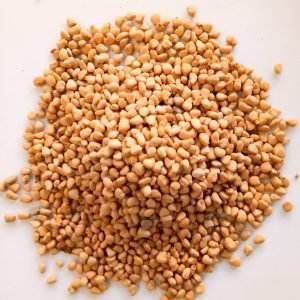Guava: definition, how to grow it, diseases, care for it
Introduction to guava
A small tropical tree or shrub grown for its edible fruit.. It has oval to oblong leaves about 7.6 cm (3 in) long, and white, four-petaled flowers about 2.5 cm (1 in) wide. The fruits are round pear shaped
- Fresh guava is rich in vitamins A and B
- It contains four times more vitamin C than oranges, three times more protein and four times more fiber than pineapple. It is also said to contain more potassium than bananas.
- Guava is the best weight loss aid.

Basic care guide
- Crop family
- Desert guava usually tastes sweet and appears pink in color. It has a smooth texture and contains fewer seeds. This breed is considered to be of high quality.
- White and yellow guava: The taste of this variety is acidic and usually mild, with no odor. The inner layer appears pale white or yellow while the skin appears green when mature.
- Original home Tropical America
- Nickname
It is known in Syria as the orange fig.
It is known as quince in Algeria and Iraq, while small guava is known as strawberry in Iraq.
It is known in the Maghreb countries as guava, but it is not known in the Maghreb, and it may be confused with quince.
In non-Arab countries, it is called the following names:
In Spain it is known as Guayaba.
In France, it is known as Gouillayère.
In Germany and Austria it is known as Guiajaba
Platoon Myrtaceae

The amount of water needed
When first planting a guava tree, water it every other day for a week and then once or twice a week during the growing season. In the winter, you can reduce the amount of water you water with cooler temperatures
Suitable living conditions
Tropical regions where summers are very hot and winters are cold
Suitable lighting for him:
These trees need at least six hours of direct sunlight per day but do best when they receive between eight and ten hours of light.
Guava trees adapt to most soil types but do best in soil that contains organic matter and a pH of 5-7. Make sure the soil has good drainage.


Find out what light your plants are actually getting.
Find the best locations for them to improve their health, simply using your phone.
Flowering stage
February and June
Pruning
- Prune guava three to four months after planting it
- Choose one trunk and three or four lateral (lateral) branches. Remove all other shoots.
- Prune your guava tree annually to keep it symmetrical and remove excess growth.
- Guava tree pruning should be performed in late winter or early spring.
- Diseased branches can be removed at any time of the year.
Fruiting stage
Guava begins to produce fruits for a period ranging from 2 to 8 years after planting.
- The first step to growing guava from seed is to break seed dormancy. This is done in one of two ways. Either place the seeds in a pot of boiling water for five minutes or soak the seeds in water for two weeks before planting. Both allow the seed coat to soften and thus speed up the germination process.
- . Plant one seed in the center of a small pot
- Make sure to cover the seeds with a little fine sand mixture
- Water the seeds Place the pot in a warm place with a temperature of about 65°F (18°C) or higher.
- The seeds should germinate in two to eight weeks depending on the temperature.


- Whitefly : Solution – To control whiteflies naturally, remove infected leaves. There are no chemical pesticides available that do an excellent job of controlling whiteflies. Pesticides kill natural predators and can increase whitefly populations rather than decrease them.
- Root-knot nematode : Can cause serious damage affecting fruit production. Symptoms of a root-knot nematode attack include wilting and yellowing of leaves, even after watering, and the production of smaller than normal fruits and leaves. Solution : Provide excellent growing conditions, including proper irrigation, drainage and fertilizer
- Typical End Rot: Use of fungicides.
- Anthracnose is a common fungal problem for many plant species, including guava. You can see young shoots dying off along with the fruit and leaves, or the fruits and leaves produce small black dots that quickly grow to dark brown, the solution is to plant resistant varieties.
- Powdery Mildew : Solution – Effective organic fungicides for treating powdery mildew include sulfur, lime sulfur, neem oil and potassium bicarbonate. You should use these fungicides before infection or when you first see symptoms of the disease.
Fertilization care, how it is done, and what are the best elements for growth
- It is recommended to use guava tree fertilizer with a ratio of 6-6-6-2 (nitrogen - phosphorus - potassium - magnesium).
- A once-monthly fertilization regime is recommended during the first year
- During successive growing years, you will reduce the frequency of fertilization to three to four times per year.
- He also suggests using nutritional copper and zinc sprays to fertilize the guava tree. Apply these foliar sprays three times a year, from spring to summer, during the first two years of growth and then once a year thereafter.
What are the best conditions for him to take care of at home?
- Water guava regularly during the growing season.
- Fertilize every two weeks using a diluted, water-soluble fertilizer
- Repot the tree into a slightly larger pot each spring.
- Prune guava trees in early summer to maintain the desired shape and size.
- Reduce watering during the winter months. Place your guava tree in a cool room during the winter, ideally always at temperatures of 55 to 60 degrees F (13-16 degrees C). Avoid temperatures between 50°F (10°C)
Suggested use
- Guava fruits are processed and turned into jams and preserves.
- They are usually eaten raw and can be sliced and served with sugar and cream as a dessert.
- Use guava leaves as an herbal tea and the leaf extract as a nutritional supplement.
- Guava leaves are used as a black dye in the textile industry.



